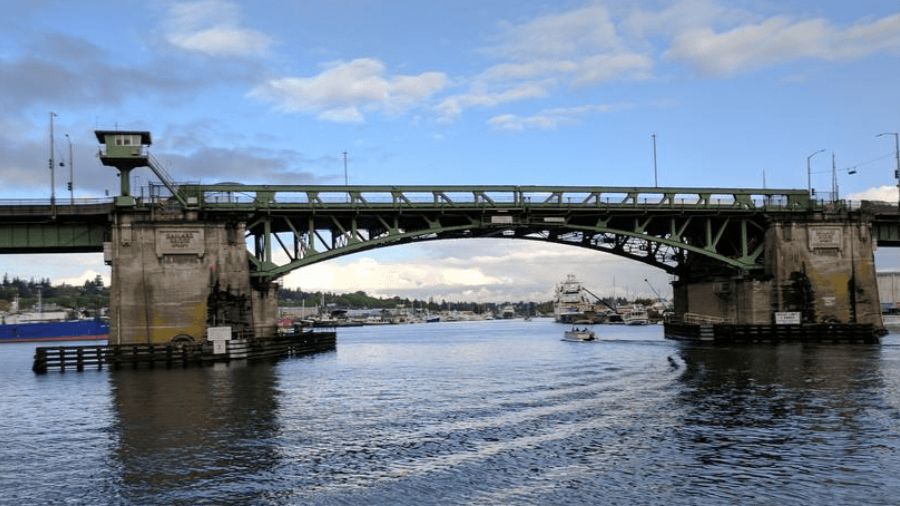Chokepoints: Should work zone safety be prioritized in driver’s ed?
Feb 20, 2025, 8:42 AM | Updated: 9:00 am

Should driver's ed include work zone safety? (Photo courtesy WSDOT)
(Photo courtesy WSDOT)
Work zone speed cameras are about to become active. Should work zone safety be taught during driver’s education?
Work zone safety is only taught in a general manner during driver’s ed. The only dedicates one paragraph to it (sec. 4-23), and much of that is about the penalties and how they double.
would require a specific work zone and first responder safety program to get a new license. It would require that anyone under 26 years of age complete an online safety course when applying for their first driver’s license in Washington. This would be a free course with funding coming from grants and revenue from the new work zone speed cameras.
‘Cameras are not enough’
Representative Sam Low, a Republican from Lake Stevens, is the prime sponsor. “Cameras are not enough,” he testified during a House Transportation Committee hearing earlier this month. “We need more education. This bill makes sure that every new driver takes an online safety course to understand how important it is to obey the speed laws and to protect our workers and first responders.”
There were more than 1,400 work zone crashes in Washington last year alone.
Kati Durkin represents the Washington Federation of State Employees. She testified in favor of the bill. “Two out of three construction workers reported a crash in a construction zone in the state in 2024,” she said. “The safety crisis is impacting every community, every county, and every legislative district. Members have been hit clearing roadkill from rural stretches of highway near Spokane, performing planned maintenance on I-5 in Seattle, and every scenario in between.”
This is a bipartisan bill, but it has yet to have a hearing in the Senate. And we know Friday is the cut-off to get bills out of committee.
Just a reminder on the work zone speed cameras about to go active. The first violation is free. A second violation comes with a $248 fine.














